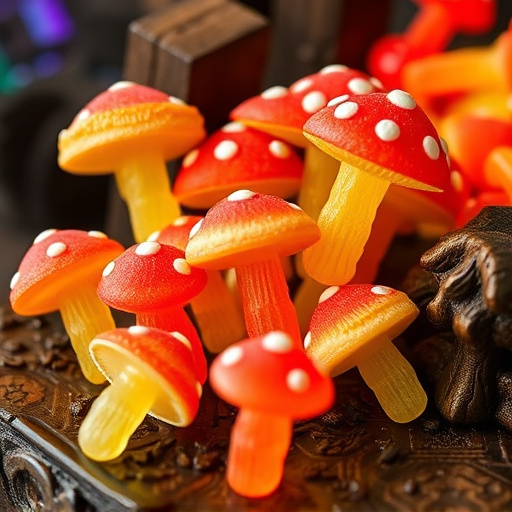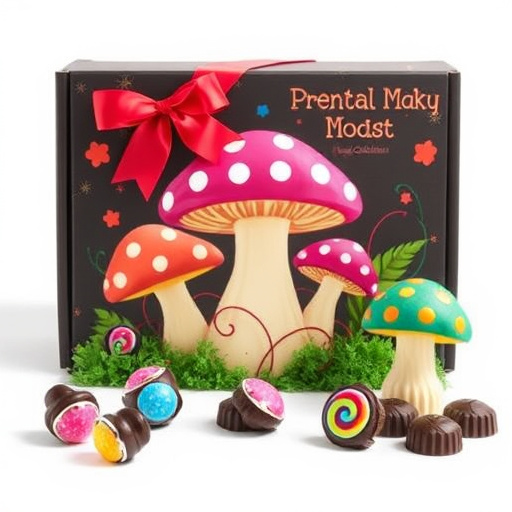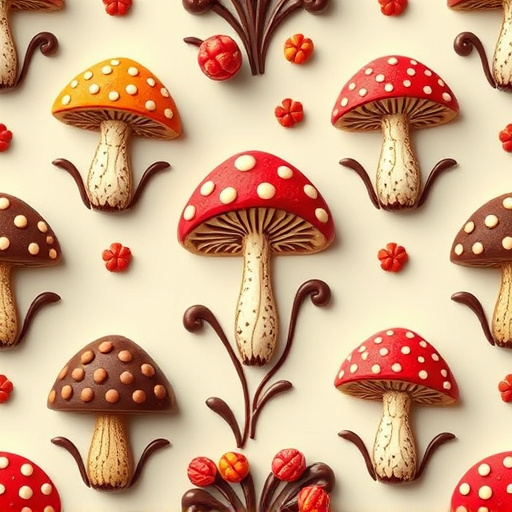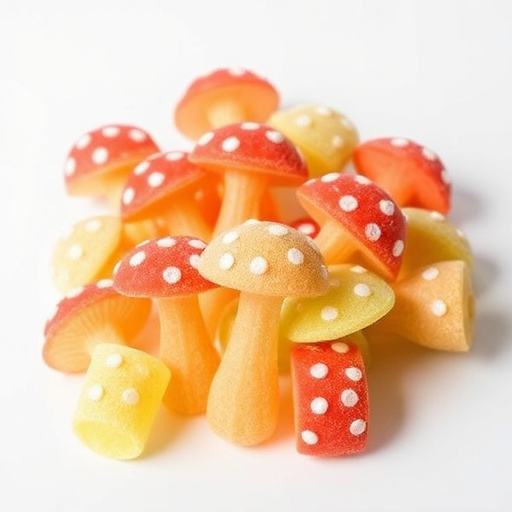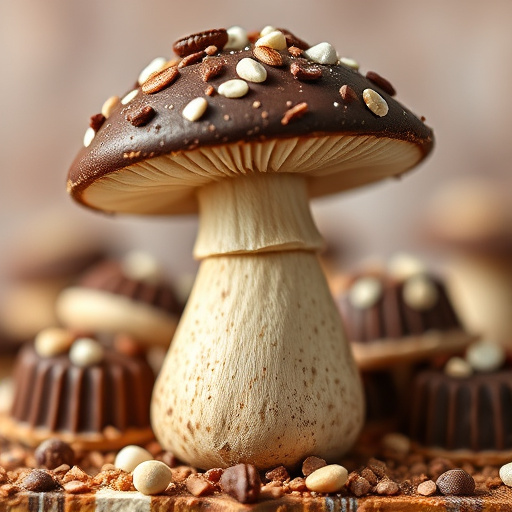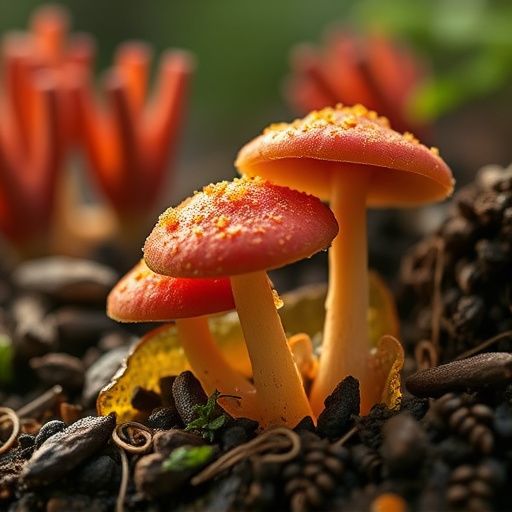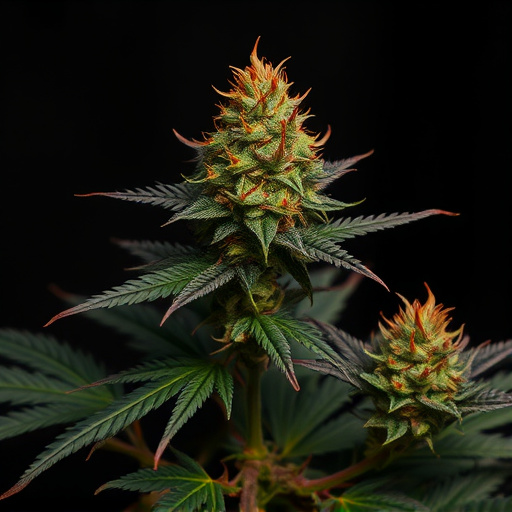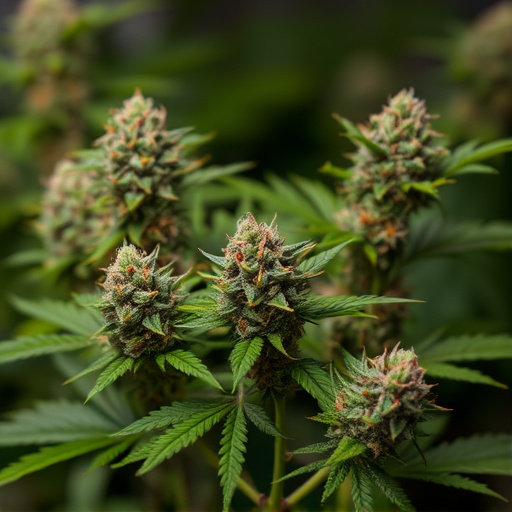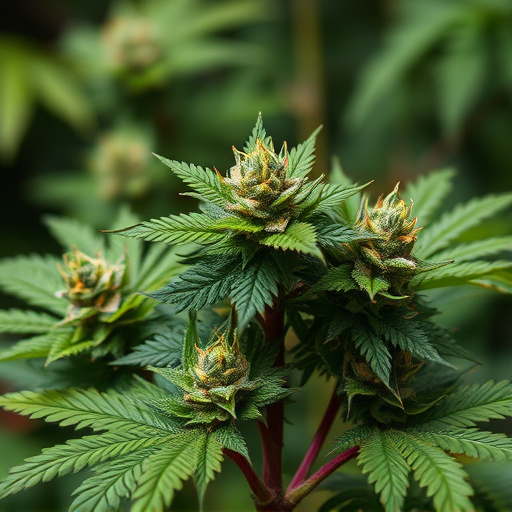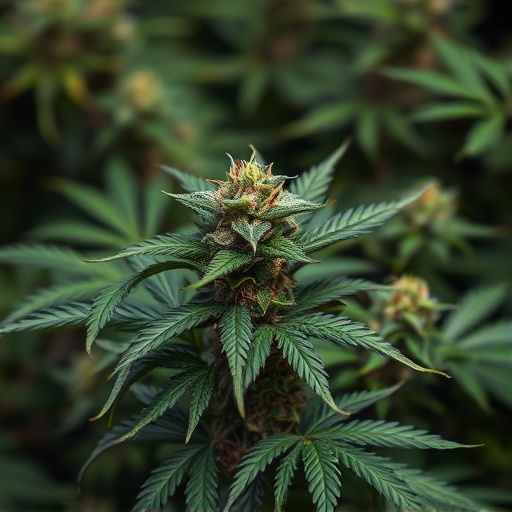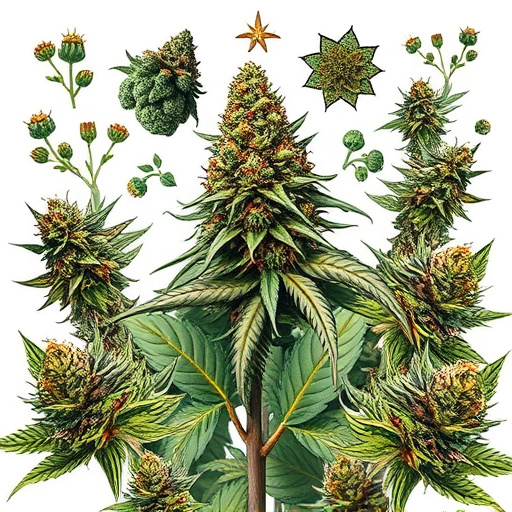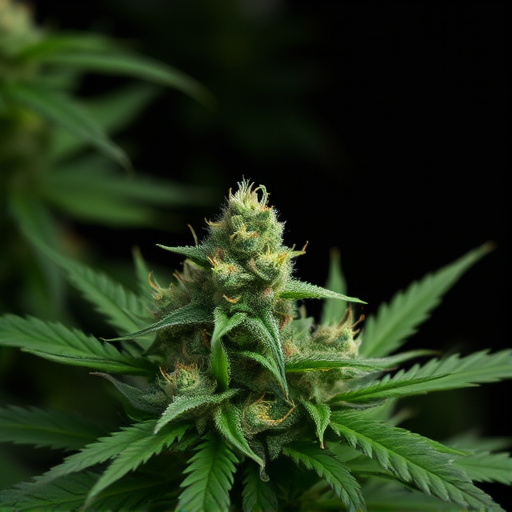Cannabis ages, its THC content naturally drops and converts to cannabinol (CBN), which might intensify anxiety. Storage conditions and strain traits significantly impact potency; light, heat, moisture, and oxygen speed up degradation. Modern strains with balanced THC and CBD are recommended for anxiety management, regardless of age or cannabinoid profile. Individual experiences vary based on tolerance, body weight, and sensitivity to cannabinoids.
Can old weed still get you high? Despite popular belief, aged cannabis doesn’t automatically mean diminished potency. This article explores whether dried marijuana retains its psychoactive properties over time and delves into factors influencing its effects, including strain-specific differences and the complex interaction between THC degradation and anxiety levels. By understanding what happens to THC in old weed, users can make informed decisions about their consumption, especially when considering anxiety-inducing strains.
- What Happens to THC Over Time in Dried Cannabis?
- Factors Influencing Potency and Effects of Old Weed
- Understanding Anxiety and Its Interaction with Aged Marijuana Strains
What Happens to THC Over Time in Dried Cannabis?
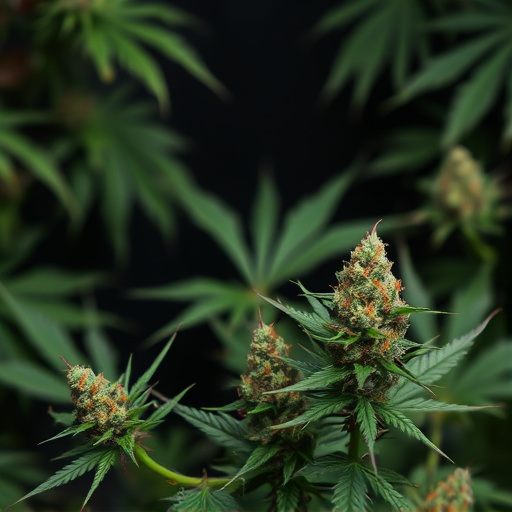
Over time, as cannabis sits dried and cured, the concentration of tetrahydrocannabinol (THC), the primary psychoactive compound responsible for its intoxicating effects, can change. Initially, fresh weed may exhibit a higher THC content, but as it ages, this potent molecule gradually degrades. This process is influenced by various factors, including storage conditions, humidity levels, and exposure to light.
In particular, THC becomes more susceptible to oxidation over time, leading to its breakdown into cannabinol (CBN), which is less potent and often associated with sedative effects. While this transformation might reduce the intensity of the high, it doesn’t necessarily mean the weed loses all its potency, especially for those seeking specific therapeutic benefits or experienced users who tolerate higher levels of THC. However, anxiety-prone individuals should note that older cannabis strains could potentially intensify feelings of unease due to the presence of CBN and other compounds.
Factors Influencing Potency and Effects of Old Weed
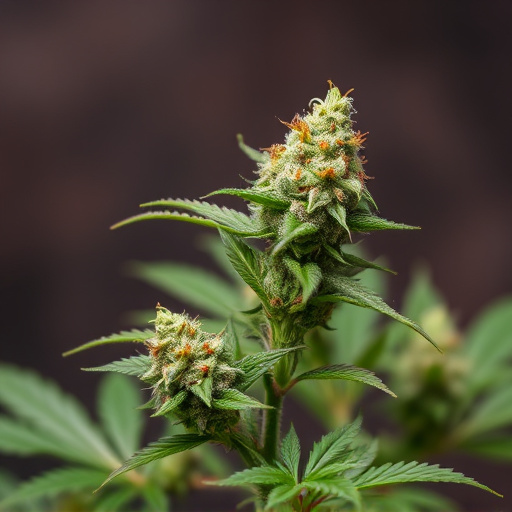
The potency and effects of “old weed” can vary significantly based on several factors. One of the primary considerations is storage conditions. Marijuana retains its potency for a period, but exposure to light, heat, moisture, and oxygen can degrade cannabinoids like THC over time. Proper storage in airtight containers, away from direct sunlight, maintains higher levels of these compounds.
Additionally, the specific strain plays a crucial role in determining how potent an old batch of weed remains. Some strains naturally have higher THC or CBD content, which can mitigate potential losses due to aging. Moreover, individual perceptions of “getting high” also differ; factors like tolerance, body weight, and personal sensitivity to cannabinoids influence the intensity of the experience. For those dealing with anxiety, choosing modern strains known for their balanced profiles—combining high THC with ample CBD—can help manage stress without overwhelming sensations, regardless of age.
Understanding Anxiety and Its Interaction with Aged Marijuana Strains
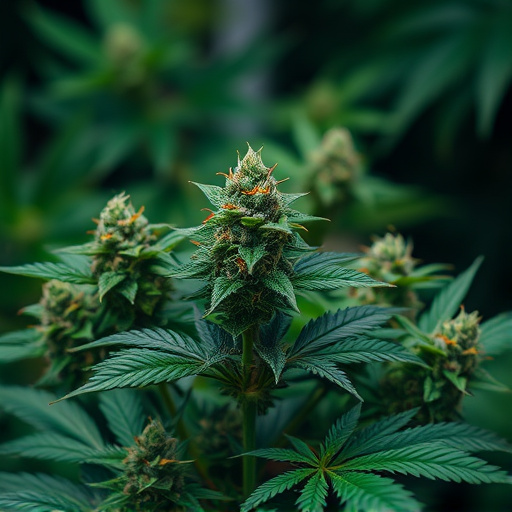
Anxiety is a common issue that can be exacerbated or potentially alleviated by various factors, including the consumption of marijuana. When it comes to older strains, there’s a prevailing myth that their potency is diminished over time. However, the interaction between anxiety and aged weed is complex. While age may indeed affect the chemical composition of the plant material, leading to variations in THC (tetrahydrocannabinol) levels, it doesn’t necessarily translate into a weaker high for users experiencing anxiety.
In fact, specific marijuana strains known for their calming or anxiolytic properties—often sought by those dealing with anxiety—may retain these qualities even as they age. Cannabinoids like CBD (cannabidiol) and certain terpenes can contribute to the plant’s ability to reduce anxiety and promote relaxation. Understanding the effects of aged weed on anxiety requires an individualized approach, considering factors such as strain-specific properties, personal tolerance, and the unique way each person experiences cannabis.
While the potency of cannabis can indeed diminish over time, especially in dried forms, the effects, including potential anxiety-inducing or soothing properties, remain a complex interplay of various factors. Studies suggest that some aged strains may still offer therapeutic benefits, particularly for managing anxiety. However, individual reactions vary, and it’s crucial to approach “old weed” with caution, especially regarding its impact on anxiety levels. When considering the use of aged marijuana for medical purposes, consulting professionals and selecting suitable anxiety weed strains is essential to ensure a positive and controlled experience.

